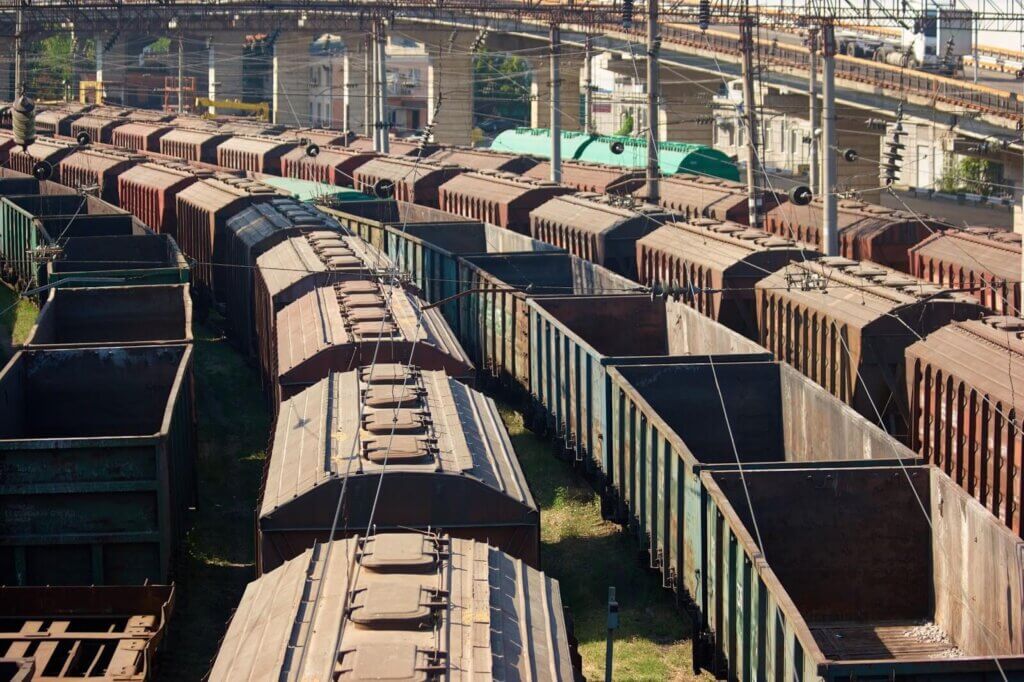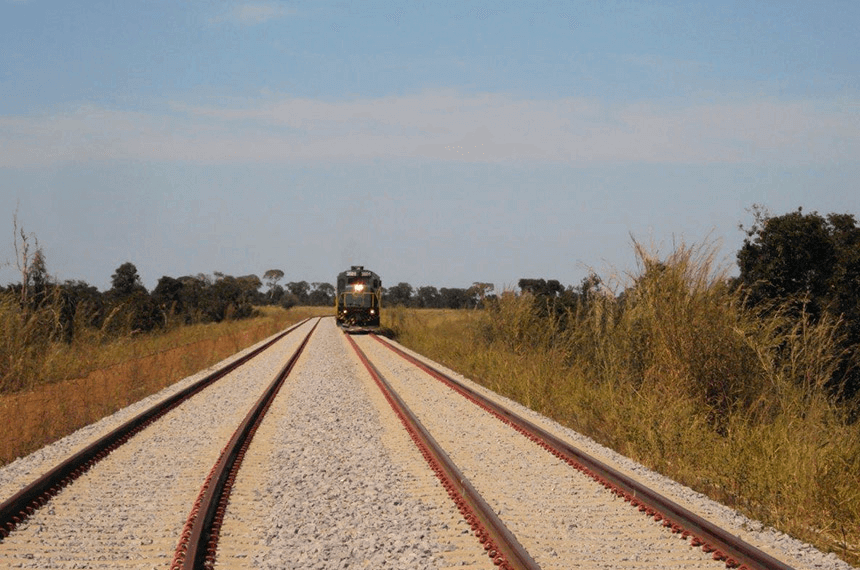
East West Railroad (Fiol): All over!
The Brazilian railroad sector comprises a series of railroad lines. Still, there are several networks that are under construction, aiming to make this mode of transport even more competitive. Among these lines, which are part of the composition of the national railroad map, is the West East railroad (FIOL).
This is an integration railroad, that is, it is a model of railroad lines used to integrate other railroads, other modes of transport and regions, making important connections to reach ports in different states.
Content Index
Contextualization

This model of railroad network is a very old desire. Even at the beginning of the 1930s, during the Vargas era, the government began to design railroads that would interconnect different national regions, aiming at a modernization and industrialization of the sector.
Years later, a railroad model was also created that aimed to connect Brazil with neighboring countries, such as the Transulamericana Railroad, which aimed to connect the Atlantic Ocean to the Pacific, that is, Peru to Brazil, especially in the state of Bahia.
It was within this context and with similar ideas that the West East Railroad was designed. This took place in 2008, during the government of former president Luiz Inácio Lula da Silva.
In the project, the West East railroad line would be divided into three main sections:
- Section I - Ilhéus (BA) - Caetité (BA) - 537 km and interconnection with the Centro-Atlântica railroad;
- Section II - Caetité (BA) - Barreiras (BA) - 485 km and interconnection with the São Francisco Waterway
- Section III - Barreiras (BA) - Figueirópolis (TO) - 505 km and interconnection with the North-South railroad.
As you can see by adding up all the sections, the projection was that the West East Railroad would have a total length of 1527 km.
The start of the works effectively took place in 2011, when the section I began to be built. At that time, the entire work was the responsibility of the company VALEC Engenharia, Construções e Ferrovias S/A, which operates heavily in the railroad sector.
The projected completion of this first stretch of the road, which would be the kickoff for everything to be completed quickly, was in 2014. Unfortunately, there were delays that made it impossible for this goal to be long, making it difficult to complete the route and the rest of the railroad West East.
Due to these delays, the company VALEC broke its contract with the consortium of construction companies that participated in the construction of section I, alleging inaccuracies in the work's procedures and, effectively, non-compliance with the obligations, which generated these significant delays.
After the break, the works began to lengthen, taking place at a very slow pace. The maximum deadline for completion of the work given by VALEC was in the year 2018. However, by that date, just under 75% of the work had been completed.
In relation to sections II and III of the work, the project is moving even more slowly. By the year 2019, just over 32% of the works had been completed in stretch II, while stretch III was still in the study and evaluation phase.
How is the West East Railroad currently?

Due to persistent delays in the construction of the West East Railroad, especially on section I, changes had to be made to streamline the project.
Thus, section I, with a projection of 537 km in length, and connecting Ilhéus (BA) and Caetité (BA), was auctioned in 2021, during the government of President Jair Bolsonaro.
The auction was awarded by the company A Bahia Mineração S/A (BAMIN), another important national logistics company, which is seeking to establish itself in the railroad sector. In total, the concession was granted for the amount of R$ 32,730,000.
As the company owns the Pedra de Ferro mine in Caetité, which together with stretch I of Fiol form the integrated logistics export corridor, it is possible that the works will be accelerated so that exploration in the region becomes increasingly competitive.
However, the current outlook for the West East Railroad has not changed yet. At the moment, section I of the work continues with about 75% of the work completed, stretch II with just over 32% and section III is still in the study and analysis phase.
Cargo transportation and its importance

There are several objectives that the West East Railroad needs to achieve in order to use its full potential, such as favoring multimodality of transport, interconnecting railroads and regions of the country, and saving resources in the long-distance transport of inputs.
However, the main purpose of the West East railroad is to improve the flow of mining and agriculture, mainly through the port of Ilhéus in Bahia.
This outflow is fundamental for the growth of the Northeast region, and also to further increase the export of inputs outside the country.
Bahia, which is one of the main beneficiaries of the West East Railroad, for example, is one of the great producers of national agriculture. The state was once a leader in the production of cocoa and is still among the first, it is the 4th largest producer of coffee in the country, the second largest producer of fruits, the second largest producer of cotton, among other numerous components.
Still, other states in the Northeast, which is the 3rd region that produces the most sugarcane, are also important for national agriculture, such as Alagoas, which is the main sugarcane producer and Pernambuco, which is the second largest producer in this regard.
Therefore, increasing the alternatives for the flow of these and other types of goods, important for the economy of the region and the country, improves the competitiveness of production, becoming essential.
Future plans for the East West Railroad

As we said, the construction of the West East Railroad suffered delays, which ended up disrupting the schedule of operations. In the meantime, the road that had the greatest advances was auctioned off, also changing the administration and the way it will be built going forward.
Despite this, the works were resumed precisely because of this process. At this time, the expectation is that stretch I of the FIOL network will start operating in 2025, with a forecast to transport, in its first year, more than 18 million tons of goods, especially grains and iron ores produced in the region of Caetité.
In the same projection, the expectation is that these numbers will double by 2035, when the shipment should reach more than 50 million tons per year.
Regarding the structuring of the track, it must have more than 1,400 wagons in 16 locomotives.
In relation to the other section of the West East Railroad, projections are still modest. Section II, which runs from Caetité (BA) to Barreiras (BA), is still being built. Section III, on the other hand, continues in the process of studies and analyses, awaiting, mainly, the licensing of installation by Ibama so that the works can start.
Conclusion
Another important railroad in Brazil, which is still under construction, the West East Railroad gained new directions this year, with the auctioning of the concession for section I of the road to the company BAMIN, which invests heavily in the region. Thus, we can conclude with the article that the expectations of a possible end for the work of the stretch, and also for the other parts of the road, were renewed. As a result, it is likely that, in the coming years, the West East railroad will be completed, helping to increase the flow of cargo, especially in the Northeast region.
Searchs: https://www.ppi.gov.br/leilaofiol












